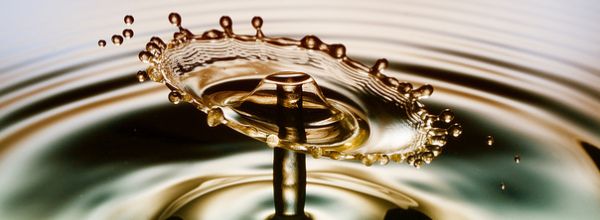Isoelectric Focusing: A Simple Way to Enhance Your Protein Separation
Isoelectric focusing is a way of separating proteins and peptides based on their isoelectric point. Read all about this method and its applications right here.
Join Us
Sign up for our feature-packed newsletter today to ensure you get the latest expert help and advice to level up your lab work.
Search below to delve into the Bitesize Bio archive. Here, you’ll find over two decades of the best articles, live events, podcasts, and resources, created by real experts and passionate mentors, to help you improve as a bioscientist. Whether you’re looking to learn something new or dig deep into a topic, you’ll find trustworthy, human-crafted content that’s ready to inspire and guide you.

Isoelectric focusing is a way of separating proteins and peptides based on their isoelectric point. Read all about this method and its applications right here.

Sonication is mostly used during preparation of protein extracts to help break apart the cell. Although most lysis buffers have buckets of detergent that lyse cell membranes, sonication just gives an extra hand in breaking everything apart. Sonication also breaks up, or shears, DNA in a sample—preventing it from interfering with further sample preparation. Have…

Get some ideas on what CRISPR can do for you and what using it involves.

After you’ve generated your mutuations using CRISPR-Cas, the next step is to identify those cells that have been successfully edited. There are a few different ways to check for the mutations. I’m going to discuss some of the more popular ones.

The eBook with top tips from our Researcher community.